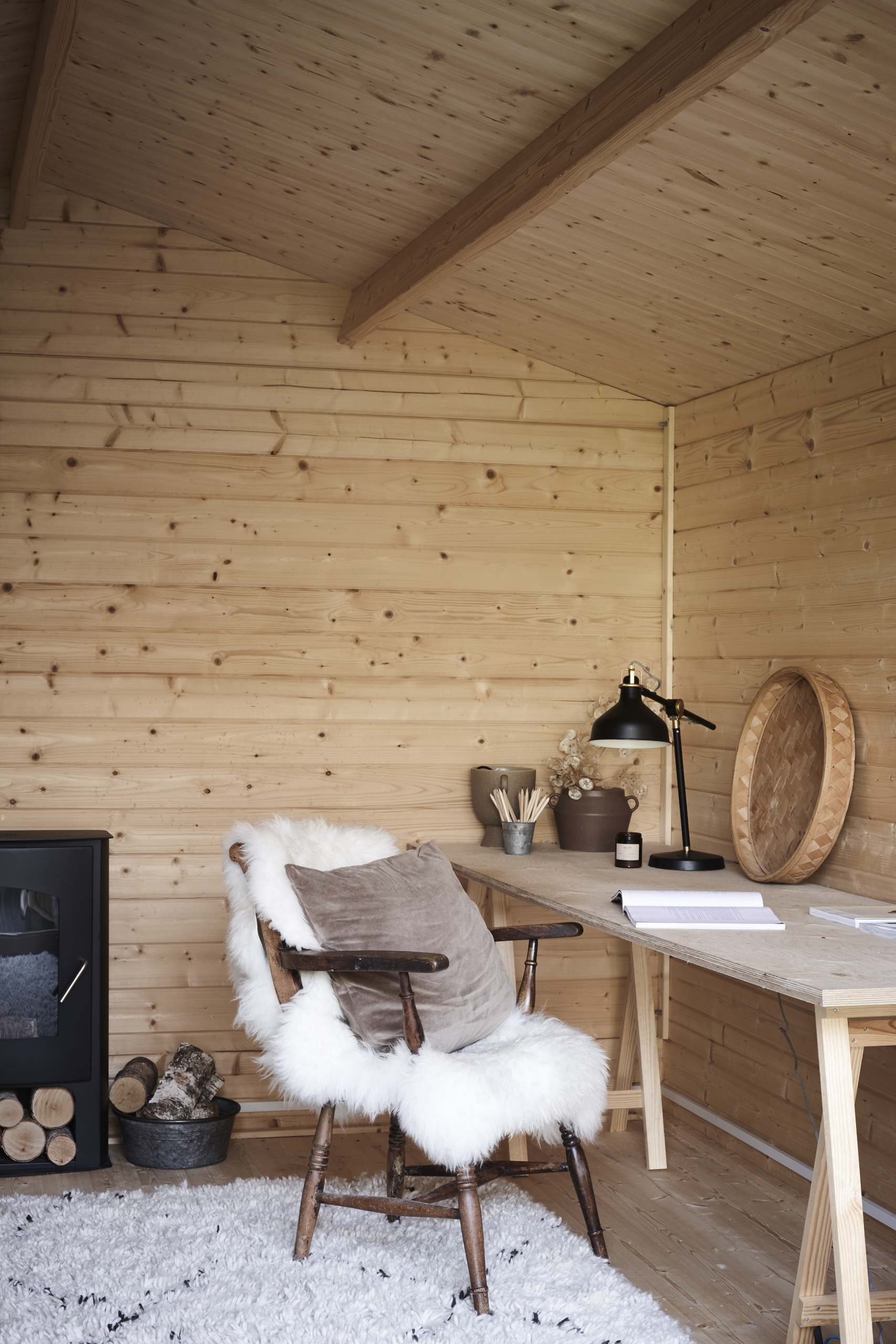 We chat with interior stylist, author and journalist Pippa Jameson who shares the inspiration behind her new book, The Sensory Home. Discover how to incorporate mindful decor in your home, plus styling tips and more from Pippa.
We chat with interior stylist, author and journalist Pippa Jameson who shares the inspiration behind her new book, The Sensory Home. Discover how to incorporate mindful decor in your home, plus styling tips and more from Pippa.
When did you first get into interiors?
I have 25 years of experience in the industry. I worked my way up from an interior stylist to interiors editor on several leading UK titles, including deputy interiors editor for Good Homes magazine and interiors editor at Best magazine. In addition, I’ve been fortunate enough to work with some of the industry’s leading photographers, magazines, advertising agencies and directors.
I’ve also done some television. I worked as interior designer for ITV1 prime-time show Bad Builders Bang to Rights with Dominic Littlewood. Designer for the BBC2 hit TV show, The Hotel Inspector with Alex Polizzi and industry expert for the hit TV show, The Fixer, on Channel 5.
Can you tell us about your new book?
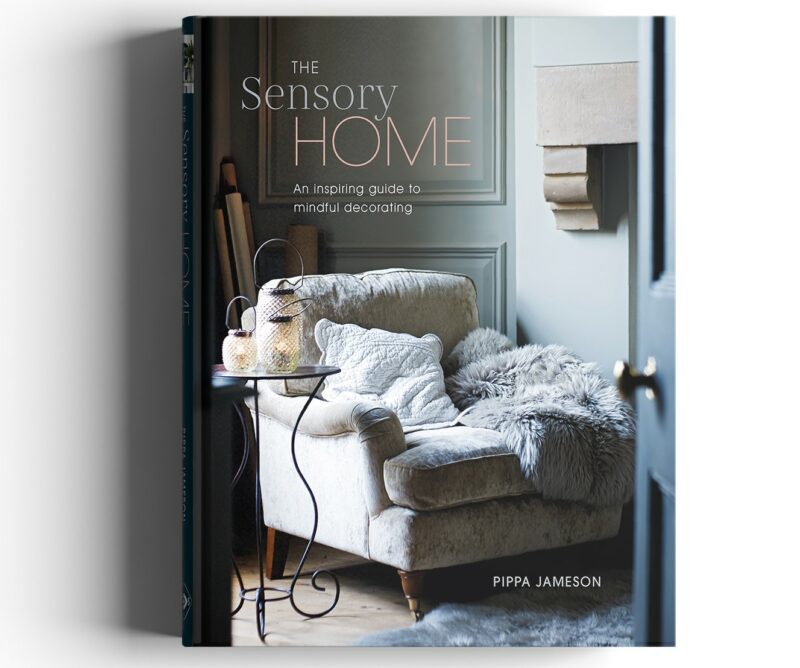
The Sensory Home (Ryland Peters & Small, £25) is a book that will help you to understand whether your home is working for or against you. Layout, colour, texture, scent, lighting and more can be used to create a calming or stimulating environment according to your family’s unique needs, including for neurodiverse individuals.
The book offers hints, tips, and long-term solutions to bring your vision of a warm, inviting, and harmonious home to life. Chapters covering each room of the house include sensory checklists to help you identify the causes of unconscious stress, whether it be the cluttered kitchen, the dimly lit home office or the unsupportive sofa.
What was the inspiration behind the book?
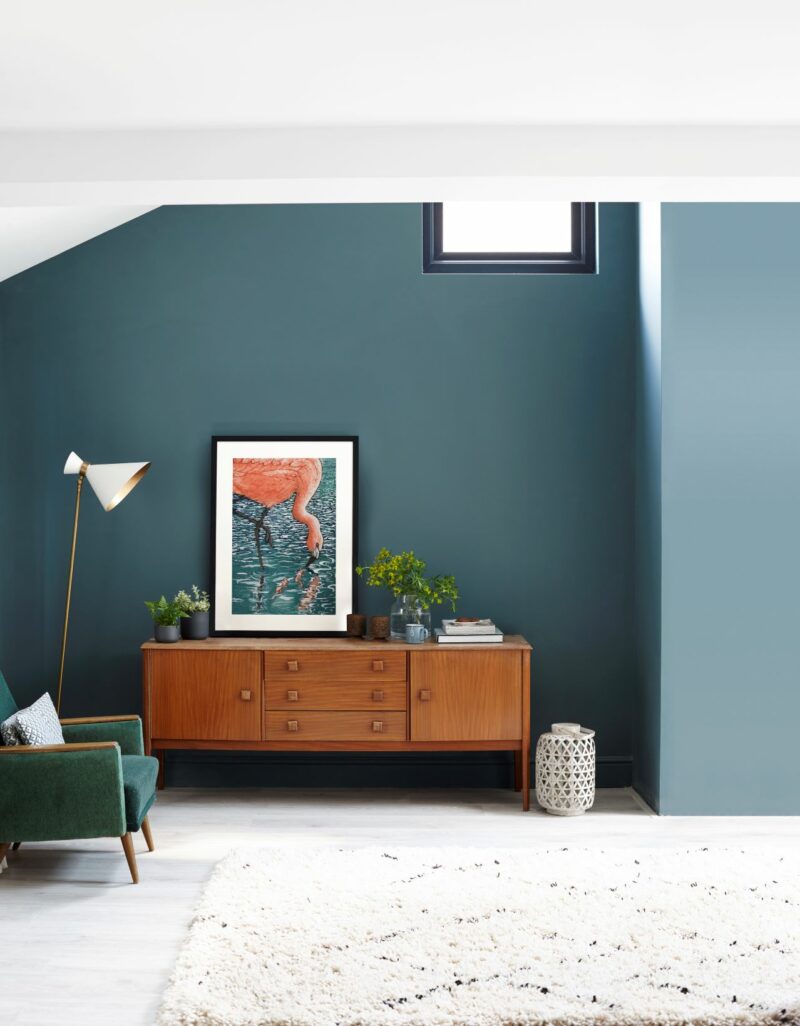
Image from The Sensory Home by Pippa Jameson | Credit: Joanna Henderson
Having an autistic daughter made me more aware of my surroundings; I started thinking about the concept in late 2017 and early 2018. I work on commercial briefs, so I have always created trend-led interior spaces rather than designed for specific needs.
At home, it’s different. We have set processes, and I became acutely aware of their positive effects on everyone in our household. This included small things such as an essential oil by the front door for a calming and familiar scent, calm paint colours, sensory alarm clocks, LED sensory lights in my daughter’s room and a no-tech rule (for all of us) upstairs.
I wanted to share my experience and talk about the sensory approach to interior design and how it benefits everyone’s well-being. By considering all our senses, you can ensure that your home works for you and not against you.
We love the idea of mindful decorating, can you explain this concept?
Sensory interior design is a mindful decorating approach focusing on individuals’ well-being. It’s a decorating and styling strategy that ensures all interior spaces activate the human senses – sight, scent, sound, touch, and taste. Considering all the senses when styling a room enables you to create something that completely supports your needs.
A simple scent, for example, can evoke powerful emotions and bring real comfort to a space. Consider what you can see in your eye line. Think about how furniture feels; a natural wooden desk, for example, will feel nicer than a melamine piece and is a more sustainable choice.
If you mentally walk yourself through your day and home and consider each sense as you go along, you are creating a home that works specifically for you. It’s about pausing to reflect and ensuring that your home works for you and not against you. The book has a sensory checklist at the end of each chapter to help you on your way.
What are the fundamental things to consider when styling your home?
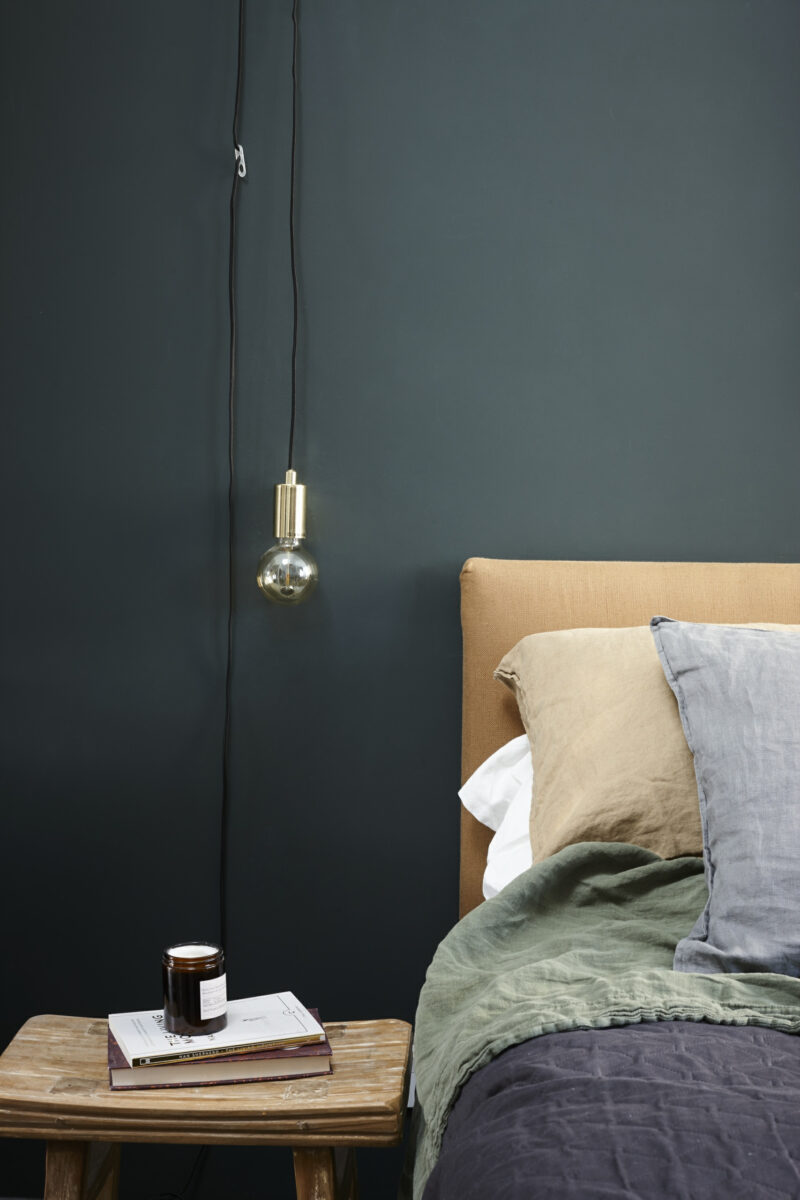
Image from The Sensory Home by Pippa Jameson | Credit: Joanna Henderson
It’s about being comfortable in your surroundings. We now know that our home environment is intrinsically linked to our mental health, so if we consider our senses when styling and decorating our homes, we are well on the way to creating a happy home that looks after our well-being and mental health.
Think about what you hear at home and whether you need to alleviate or solve noise pollution. Are you happy with what you see? What materials is your body encountering, and are they offering positive sensory experiences? This includes supportive furniture and breathable bedding. They may feel like small insignificant changes, but combined, they are very powerful.
Do you have a favourite room to style?
That’s a tricky one. I think dining tables are great as you can layer up with stylish ceramics, add softness with beautiful linens, and then create height and drama with candles. I particularly love your Parquet oak dining table.
How do you see interior styling evolve over the next few years?
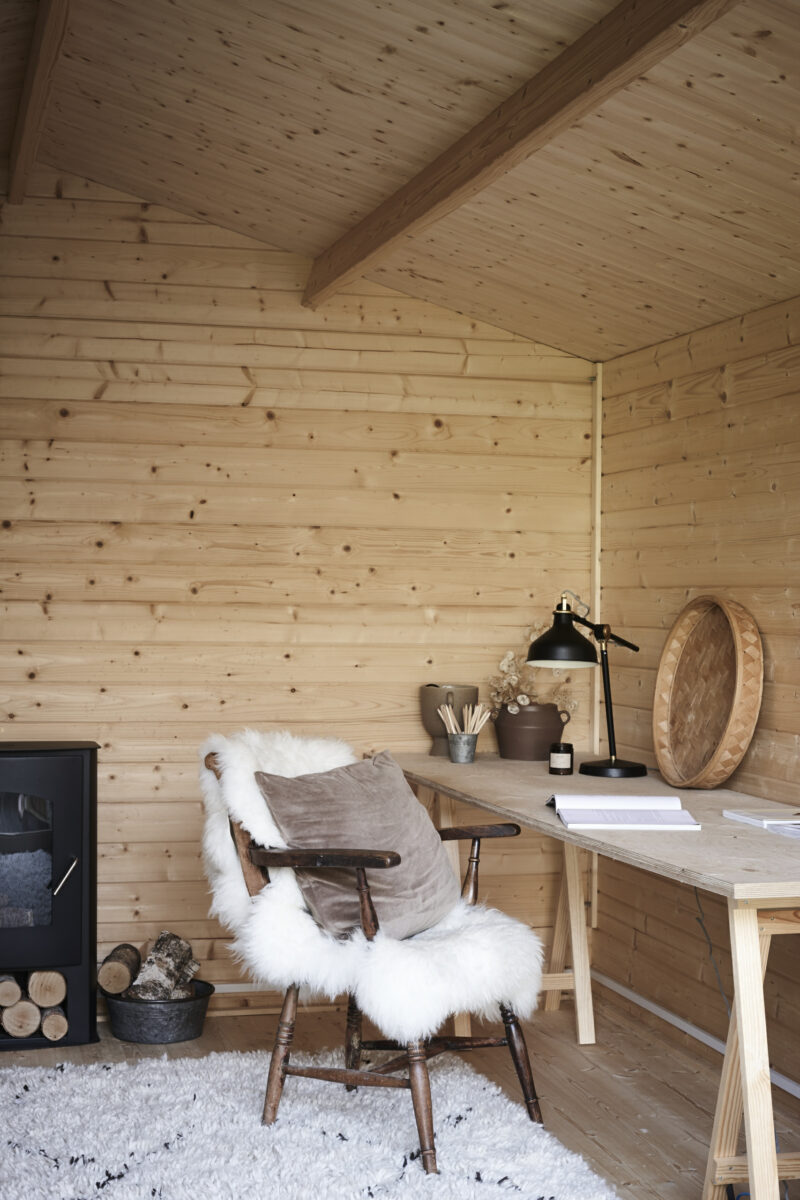
Image from The Sensory Home by Pippa Jameson | Credit: Joanna Henderson
I believe sensory interior design is the future. Consumers will think more about how colours and materials resonate with them and how certain products fit within their home environment. As a result, there will be an increase in sensory spaces, cosy nooks, biophilic design, and a demand for more sustainable choices.
Thanks to Pippa for sharing her expert insight into sensory decorating. Find more information on The Sensory Home website, and the book is available via Amazon. For interiors inspiration, head to Pippa’s Instagram @pippajameson or visit @thesensoryhome.

